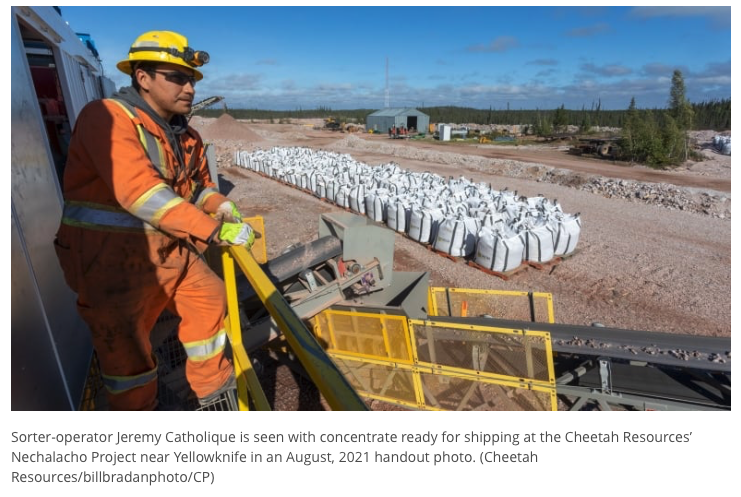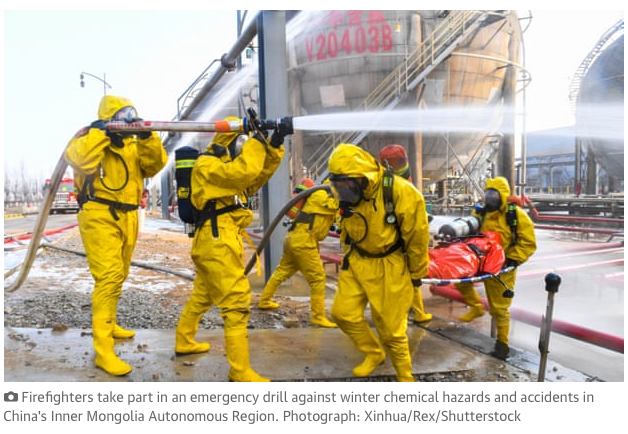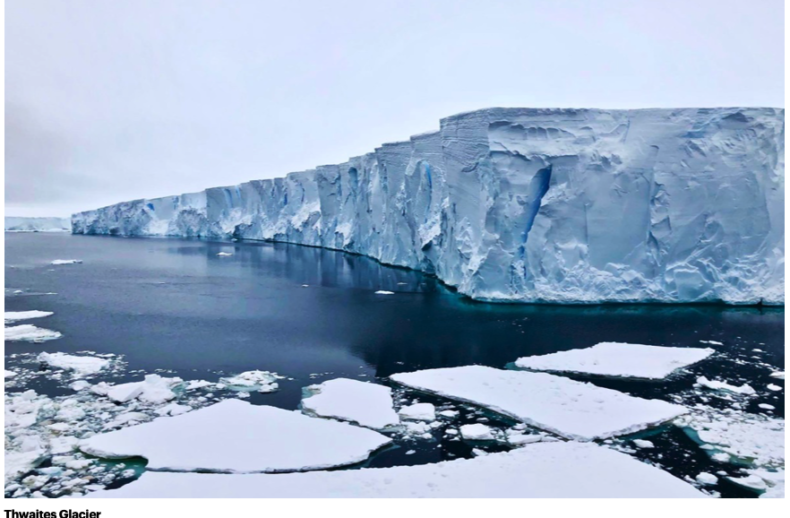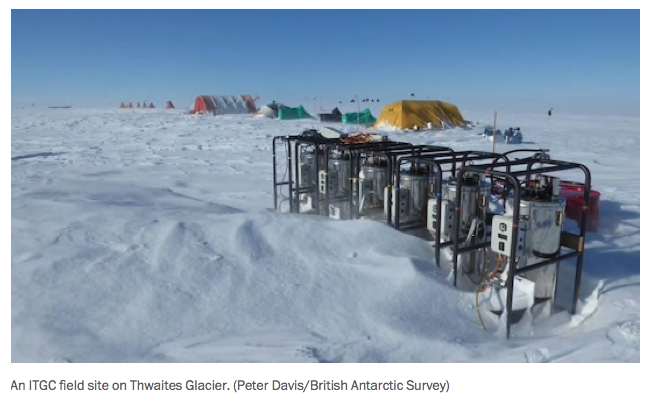Canada has begun supplying the world with minerals critical to a greener economy with the country’s first rare earth mine delivering concentrated ore.
“Canada and its allies are gaining independence from the rare earth supply chain from China,” said David Connelly of Cheetah Resources, which owns the Nechalacho Mine southeast of Yellowknife.
Rare earths are a series of exotically named elements such as ytterbium, lanthanum and gadolinium. They are crucial to computers, LED displays, wind turbines, electric cars and many other products essential to a low-carbon world.





